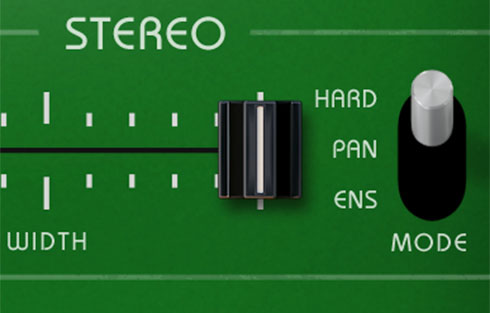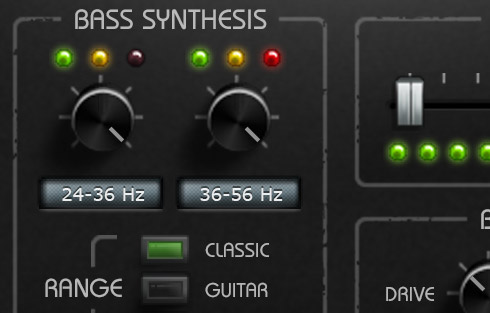AAX Plug-In Plans
Nov 3, 2011
We have received several emails asking if we intend to support Avid’s new AAX plug-in format. The short answer is yes! But it bears some further clarification.
One, Pro Tools 10 is the first Pro Tools version to support AAX plug-ins - but it still also supports RTAS. So, even if you take the leap and upgrade to Pro Tools 10 right now, your RTAS plug-ins will still work.
Two, as Avid explains here, AAX plug-ins will come in two “flavors”: AAX Native and AAX DSP. These are analogous to RTAS and TDM, in that AAX Native plug-ins will run on your computer’s central processors, while AAX DSP will run on proprietary Avid hardware cards. These two types of AAX plug-ins are NOT interchangeable, however, and (despite Avid’s efforts to consolidate their code base) they would have to be coded and tested separately. For this reason, while we will certainly be porting Lowender to AAX Native, it is unlikely at this time that we will also port it to AAX DSP. The main reason is the extra development cost - my thoughts run quite similarly to those expressed by Sean Costello of Valhalla DSP recently in this post on Gearslutz.
Three, no, we don’t have a timeline for when we’re releasing an AAX version of Lowender. Barring some misfortune, it will be before Pro Tools version 11 (which reportedly will be dropping RTAS support) is released. So, by the time you would conceivably need it, you’ll have it.
Lastly, we have not yet decided the fate of our free Pluggo plug-ins. When RTAS support is dropped from Pro Tools, obviously the RTAS wrapper for Pluggo will no longer function (again, this would only be upon installing Pro Tools 11, when Avid has just now released Pro Tools 10). As that time draws nearer, we’ll decide which if any of those Pluggo plug-ins might get turned into native versions.
For an additional details on the whys and hows of the AAX format, here is a post from plug-in developer Frank Filipanits titled “Transition to AAX: A Real Programmer’s Perspective”.



